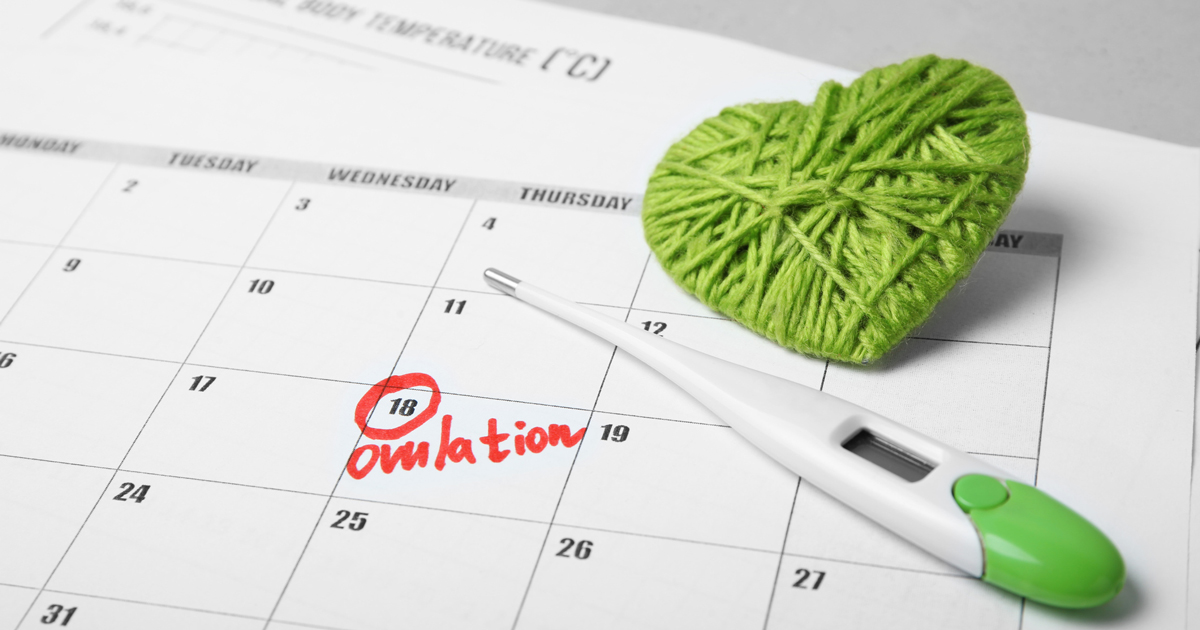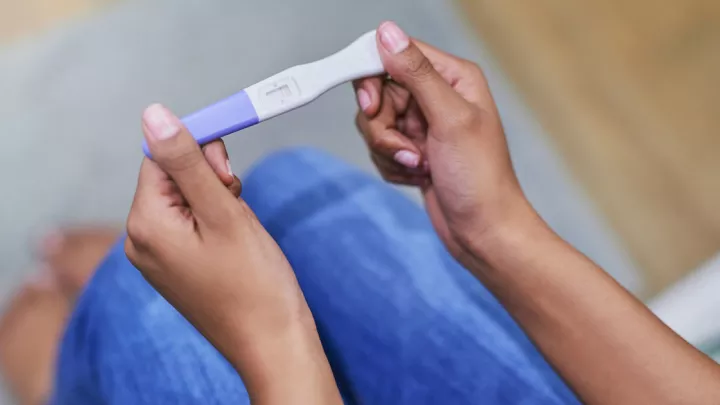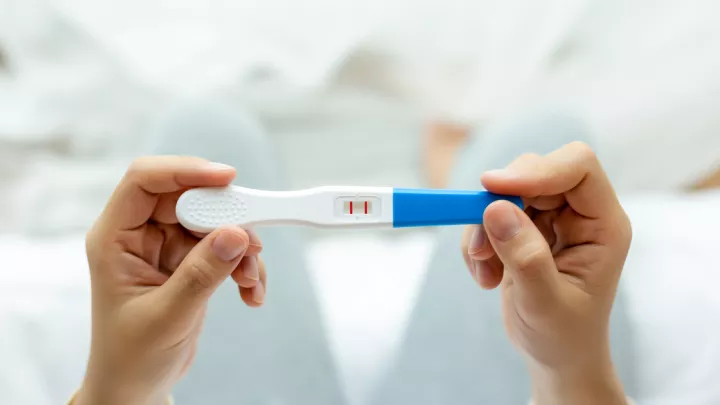How to use ovulation charting and basal body temperature tracking to optimize your fertility

When you're ready to get pregnant, it can be difficult waiting for that second blue line to appear on a home pregnancy test. But be patient.
Approximately 80% of couples conceive within the first six months of trying and 85% of couples go on to conceive within the next 12 months, says Alyssa Fischer, APRN-CNM, nurse midwife.
Fertility-based planning
To optimize fertility, some couples have turned to fertility-based planning to optimize their fertility. The fertility-based planning method involves identifying the fertile days of the menstrual cycle using a combination of cycle length and physical signs of ovulation including changes in basal body temperature and vaginal secretions.
"Oftentimes, women are not aware of their menstrual cycles and the important role it plays in increasing the chances they will conceive," says Fischer. "The fertility-based planning method can be very effective in identifying the days you are fertile and most likely to conceive."
The fertile window
The average menstrual cycle is 28 days long. Cycles that are between 25 to 35 days generally release a mature egg that can be fertilized. In each menstrual cycle, you have a six-day window in which to conceive, explains Fischer. This consists of five days before you ovulate and extends to the 24 hours after the day of ovulation. Identifying the fertile period and timing intercourse during this six-day interval maximizes the probability of conception. Fertility is based on the viability of the egg and sperm. Your eggs are released during ovulation and typically remain viable for about 12 to 24 hours after they are released while sperm have a viability of three to five days in cervical mucus and the upper genital tract. Therefore, the highest probability of getting pregnant occurs with unprotected intercourse two days before ovulation, says Fischer.
Tracking your temperature
Your basal body temperature increases approximately 0.5 degrees Fahrenheit one or two days after ovulation has occurred. To identify this post-ovulatory window, you must track your basal body temperature every morning before you get up and begin your day using a specific thermometer that can track increases in temperature by one-tenth of a degree.
Am I ovulating?
"Identifying this window is important, however, changes in basal body temperature occur one to two days after ovulation has occurred, at which time, the fertile period has passed," explains Fischer. "It is a retrospective occurrence and therefore identifying temperature changes alone is too late to be useful for timing sexual intercourse to get pregnant. However, tracking changes in basal body temperature can help identify whether you are ovulating, as some women have cycles in which they do not release an egg. If you are not ovulating each month or if you have irregular menstrual cycles, you should be seen and evaluated by an OB-GYN specialist."
Ovulatory disorders can be identified in 18% to 25% of couples who present with infertility, says Fischer. Most of these women have irregular menstruation, occurring every 35 days to six months. When this happens, even though ovulation can occasionally occur, spontaneous conception is unlikely.
Tracking cervical secretions
To boost the effectiveness of this method, you can also combine basal body temperature tracking with the recording of your cervical secretions, Fischer says. This involves monitoring your cervical secretions several times a day. Just before ovulation, you will see an increase in vaginal mucus that is clear, stretchy and slippery, which allows sperm to travel more easily.
Periods in which you are least fertile are 24 hours after ovulation to the end of your bleeding each month.
Challenges to fertility-based planning
While the fertility-based planning method can increase the chances of conceiving for women who can identify their fertile period, it also has several drawbacks, says Fischer. These include:
- There is not a lot of readily accessible information about how to use the method
- It can take a considerable amount of time to learn to use the method effectively
- It is labor intensive for both the patient and for the provider who is instructing you on how to use the method
- You need to be highly committed to using the method and have a supportive partner
- The method is not effective if you have irregular menstrual cycles, for women who have been diagnosed with polycystic ovarian syndrome (PCOS), recent menarche or perimenopause
- After pregnancy, many women will experience irregular menstrual cycles. To be effective, you will need to have about four months of regular periods before using the method
Pregnancy prevention
The fertility-based planning method can also be used for pregnancy prevention, although it is not widely used because of the commitment and learning curve required to use the method, notes Fischer. "When followed perfectly, only .4% to .5% of women will get pregnant in the first year," she says. "However, with typical use, approximately 25% of women become pregnant unintentionally within the first year of use."
If you have not conceived after six months of trying, you should consider seeing your doctor to help identify any other potential issues, notes Fischer. If none are identified, your doctor may recommend using the fertility-based planning method to optimize conception. "The good news is that over the next 36 months, an additional 50% of couples will go on to conceive spontaneously," says Fischer.
To schedule an appointment with one of our OB-GYNs or fertility specialists, call 800.922.0000.







